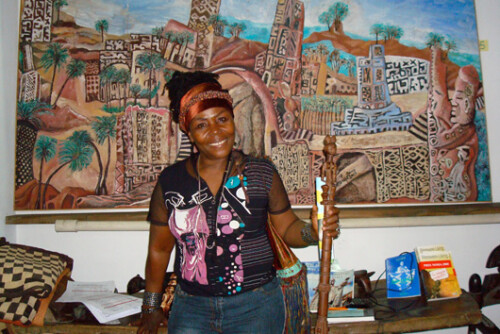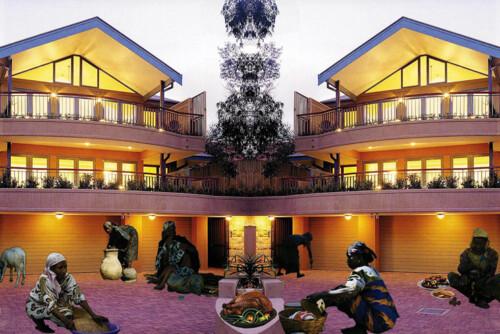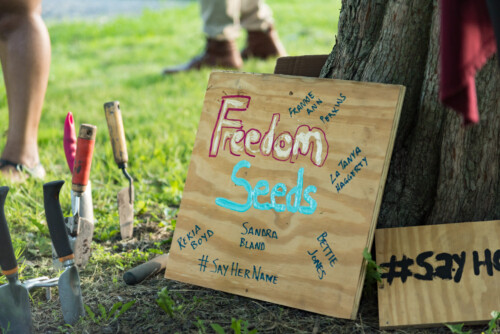Even though some historians have contended that Cherokee slave-owners practiced a “benign” form of slavery, such a proposition fails to reflect the thoughts of Nancy Roger Bean’s aunt when she mounted that auction block. Enslaved people in Indian Territory fully recognized that they were enslaved human beings—the property of Indians. They were acutely aware that neither they nor their offspring were free. Some had family members and friends who ran away or challenged their enslavement via other avenues; in fact, multigenerational acts of resistance possibly served as signposts of a family’s legacy of rebellion. Others, like Charlotte Johnson White, had not only witnessed the beatings of mothers, fathers, sisters, brothers, aunts, and uncles but also experienced the whip for themselves. Such images, sensations, and scars remained firmly imprinted in their psyche as well as on their bodies for decades; the memories and marks would be with them, as Charlotte Johnson White uttered, even in the afterworld. Enslaved people, particularly enslaved women, understood that slavery compromised family ties. Even as an owner extended some degree of kindness one day, s/he possessed the power to sell one’s parent, spouse, sibling, or child the very next day. Some enslaved in the Cherokee Nation recognized that the daily distinctions between themselves and their owners only confirmed that they were not deemed equal participants in Indian communities. Instead, they remained property—objects that could be bought and sold at an owner’s whim.
Although living in predominantly Cherokee communities, some enslaved people renounced thoughts of a collective identity with Cherokee people. Instead, they demonstrated their resistance to such notions of collectivity by committing “crimes” ranging from “talking back” to their enslavers to even murdering them.1 For those who ran away from their Indian owners, the desire for freedom surpassed any identification with Native Americans and any sense of “loyalty.” To believe that Indian cultures made bondage more tenable to people of African descent or somehow countered the denigrating process of enslavement is to deny the insidious nature of a system based on the ownership of human beings. For many enslaved people who were kin to their Cherokee masters and mistresses, the denial of this blood connection only verified the corrupting force of bondage.
Shattering the notion of a safe haven, scattered documents reveal stories of the resistance of enslaved women and men to daily indignities of bondage in the antebellum Cherokee Nation. A range of disorderly acts fashioned the inner lives of those enslaved in an Indian country that, to them, represented not a sanctuary but a site of severe repression. Though the actions of individual enslaved people alone did not terminate the presence of slavery in Cherokee territory, their opposition to bondage exposed the precious and meaningful substance of freedom to the free and unfree in the Cherokee Nation.
- Cherokee Grover C. Hanna, for example, recalled the surprising actions of one particular trusted slave called “Nigger Smoot.” One night, Hanna’s uncle, “expecting to go turkey hunting the next morning, had Smoot help him mould bullets to use. That day, Uncle had sold a good horse and had the money in the house. That night after they had gone to sleep, Smoot took an ax, killed Uncle Harry and pounded Aunt Cyntha until he thought she was dead. Then taking the money, a good horse, and an old rifle he left the place.” One of Hanna’s other uncles, Zeke Proctor, “trailed him from the Illinois River to Fredonia, Kansas.” Proctor located Smoot and forcibly returned him to the Cherokee Nation, where he was hung ten days after murdering his master. Grant Foreman, comp., Indian Pioneer History Collection, vol. 27, 335-336. Archives and Manuscripts Division, Oklahoma Historical Society, Oklahoma City, Oklahoma. [↩]



